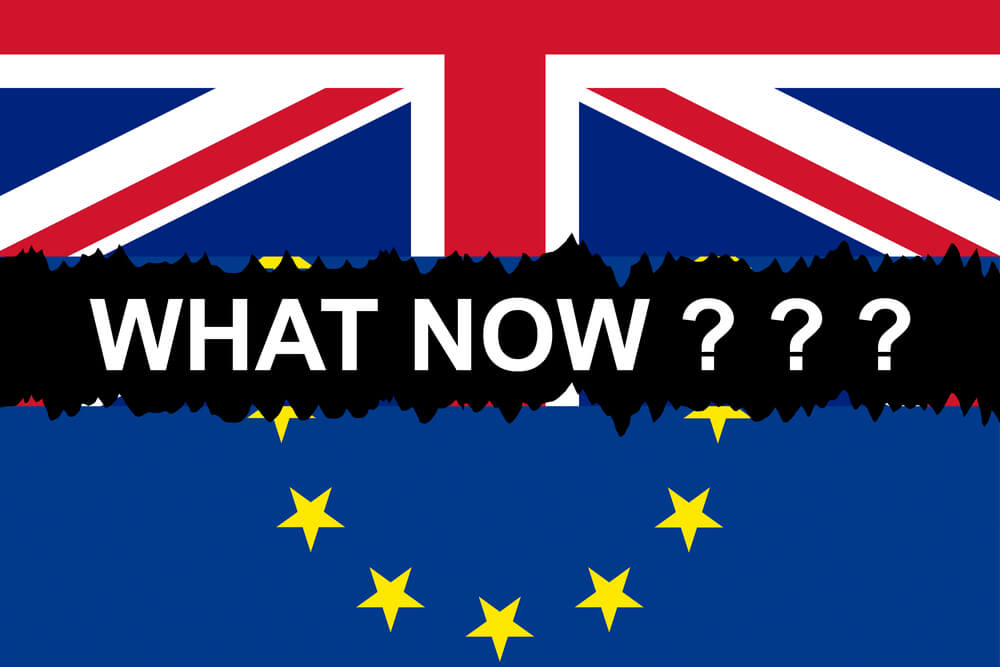First TOPRA Brexit Roundtable on medical devices examines how the impact of the UK leaving the EU could be mitigated
 Posted on 24/05/2018
Posted on 24/05/2018
Delegates from the arena of medical device regulatory affairs gathered on 17 May 2018 at TOPRA’s headquarters in London, UK, to hear from experts on how to prepare for the dawn of Brexit in April 2019 and on the main issues and challenges that lie ahead in their sector. Attendees also came up with solutions and suggestions on various scenarios that have arisen as a result of the UK leaving the EU.
The UK’s exit from the EU on 1 April 2019 comes at a time when the Europe is going through major changes pertaining to the medical device industry, particularly with the introduction of the new EU Medical Device Regulation (MDR) (in force from 2020), the In Vitro Diagnostic (IVD) Device Regulation (in force from 2022) and the update to ISO 13485. Stakeholders from the competent authority, industry and legal sectors outlined some of the biggest challenges for regulatory professionals.
In January 2018, the European Commission issued a notice to stakeholders stating that the UK competent authority and notified bodies will lose their status to regulate EU devices and IVDs after 31 March 2019. Although negotiations between the UK and EU are still ongoing, there are many possible outcomes, and the reality of a “hard Brexit” could complicate things further.
Additionally, there is no mechanism for transferring unenacted EU regulation on medical devices and IVDs into UK law.
The roundtable discussion allowed for ideas and views to be shared on how the medical device and IVD sectors are and should be preparing for Brexit and the new EU regulations. The debate also focused on what could be done to prevent investment in UK-based research and development of devices being moved elsewhere. There was an agreement that, due to the lack of information available from the government, people and organisations are being forced to make decisions to prepare for Brexit, such as moving from the UK to the EU, which are costly and disruptive.
The panel and delegates brainstormed on what a UK regulatory system for medical devices and IVDs could look like post-Brexit. It was acknowledged that, with only 3% of global market share for devices (compared with 20% in the EU), the UK’s post-Brexit regulatory system should aim to be less complex than that of the EU if it is to attract companies from around the world to register and market their devices there. However, some from the discussion panel emphasised the new UK regulatory system should be similar to that of the EU, or perhaps have some form of recognition between the two systems. Suggestions were also made on whether the UK could emulate other non-EU models of regulation (eg, Switzerland or the US).
The panel also came up with a radical and controversial suggestion that to ensure the UK remains competitive globally, a “no system” form of regulation could be devised, where the UK could make it easy for devices to access the UK market by, for example, allowing devices that have been registered and approved in certain other countries (eg, US, Australia) to be marketed in the UK with no reassessment or resubmission required. Caveats were made to mandate UK standards for safety surveillance and labelling, depending on the class of device, how invasive it was or the risk of harm it could have.
The recurring theme throughout the meeting was that, in a post-Brexit world, UK regulation should aim to be light touch if it is to remain a competitive market and attract investment from international businesses.